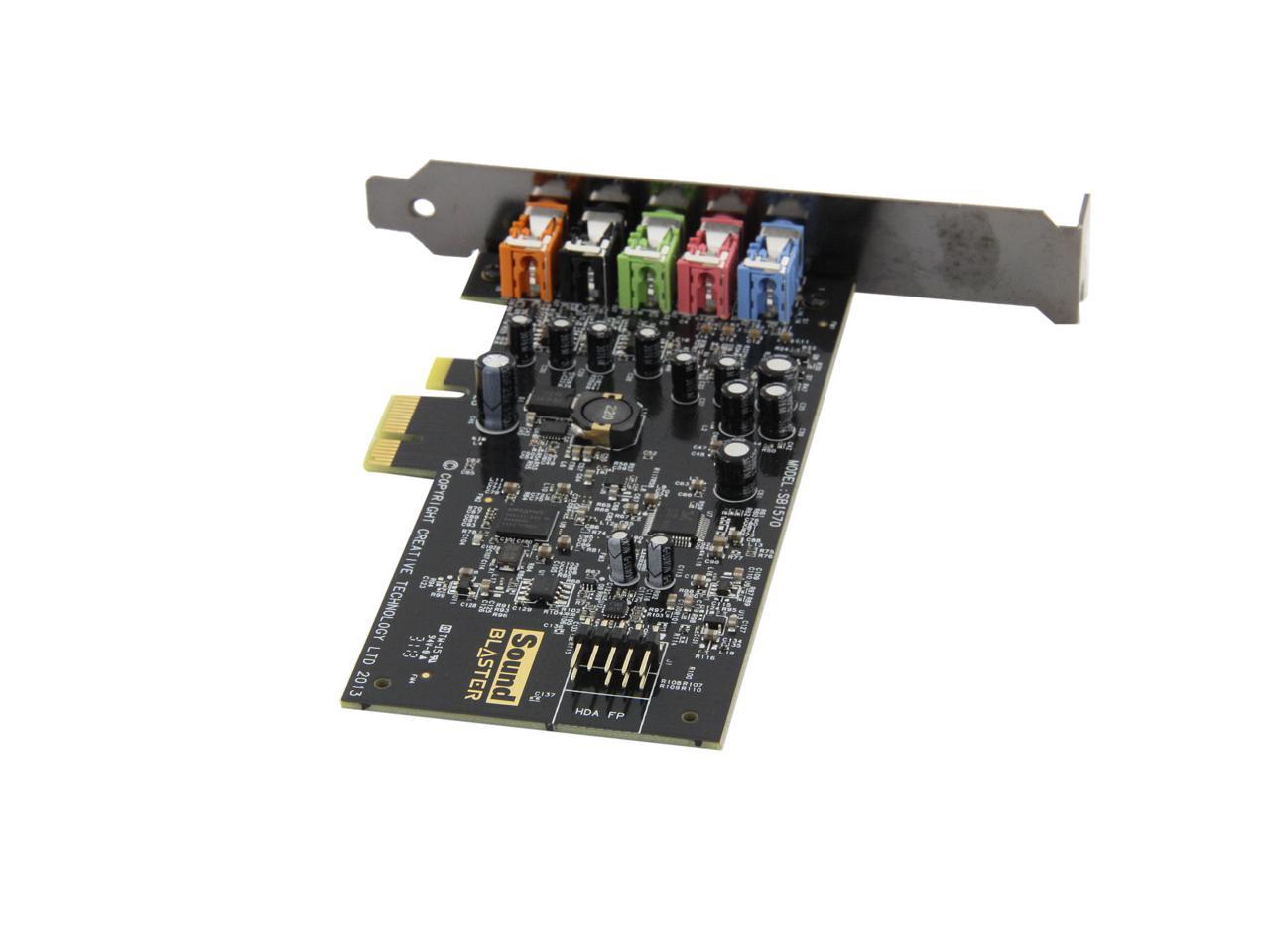

- CREATIVE SOUND BLASTER AUDIGY FX PCIE 5.1 SOUND CARD WITH HIGH PERFORMANCE HEADPHONE AMP DRIVERS
- CREATIVE SOUND BLASTER AUDIGY FX PCIE 5.1 SOUND CARD WITH HIGH PERFORMANCE HEADPHONE AMP PROFESSIONAL
CREATIVE SOUND BLASTER AUDIGY FX PCIE 5.1 SOUND CARD WITH HIGH PERFORMANCE HEADPHONE AMP DRIVERS
They use two drivers but create virtual surround sound via software. Just remember that most 5.1 and 7.1 headsets offer virtual surround. They will just play six channels instead of eight. USB headsets have their own sound card inside them and will have eight channels no matter which sound card you’re using.Īnd yes, you can use 7.1 headsets with 5.1 sound cards. When it comes to 7.1 headsets, they will work with any sound card if they are USB-based. If you are using 5.1 surround speakers, 2.1 system, or headphones, you shouldn’t worry about getting a 7.1 sound card. You should just look for a card that supports your speaker configuration. 7.1 surround sound is a bit better if you have the right speaker system, but that shouldn’t guide you when looking for a sound card.

5.1 cards support six audio channels while 7.1 cards support eight audio channels in total. Look for sound cards with 24bit rate or higher.
CREATIVE SOUND BLASTER AUDIGY FX PCIE 5.1 SOUND CARD WITH HIGH PERFORMANCE HEADPHONE AMP PROFESSIONAL
Professional recordings usually use a 24bit rate, which is more than enough when it comes to sound quality. So, when looking for a sound card, a sampling rate of 96 kHz (the usual rate of mid-range cards) is more than enough.īit rate plays a role in the quality of recorded sound. And that’s more than enough because the upper limit of human hearing is 20 kHz. You can calculate the upper limit of the accurate reproduction of a sound card by dividing its sampling rate by two.įor instance, a 96 kHz sound card can accurately reproduce frequencies up to 48 kHz. The sampling rate reflects how accurately a sound card can reproduce higher frequencies. And don’t forget that signal to noise ratio isn’t the only important feature to consider. That’s the lower limit you should agree to when picking a sound card. You should look for sound cards with at least 100 dB SNR. In other words, the sound won’t be clear. With SNR being 50 dB, you will clearly hear the noise at higher volume levels. For instance, is a signal to noise ratio is 50 dB that means that the audio signal coming from the card is fifty decibels higher than the noise signal. It’s basically the difference between the signal power and noise power and the higher it is the clearer the sound. Signal to noise ratio (SNR) tells about the clarity of the sound coming from the sound card. What Is Signal To Noise Ratio And Why It Is Important Let’s talk about these points, one by one. Stuff like the signal to noise ratio, sampling rate, how many sound channels different sound cards support, connection type, whether a card is internal or external. While there are plenty of models out there, there are a few features you should focus on. Picking the right sound card doesn’t have to be a hassle.

We have high-end choices, excellent budget options, USB cards for those who seek for external options, and a couple of excellent DACs. We scoured the internet and found nine sound cards that should satisfy even the biggest audiophiles.

These come with control modules to adjust sound levels for each device you’re using, with additional ports to attach various audio devices, with a plethora of options for those who want to delve into sound recording, and with perfectly clear sound deserving of audiophile headphones and speaker systems. But if you want the best sound card available, you have to look for standalone models. For most users, these are more than enough. Nowadays, most quality motherboards, especially high-end gaming motherboards, come with excellent sound cards. As years passed motherboards have got much better in handling sound. Motherboards of the time didn’t have integrated sound cards and you had to get one separately if you wanted to listen to music, watch movies, or play games with sound. Back in the 90s standalone sound cards were a must in any PC.


 0 kommentar(er)
0 kommentar(er)
